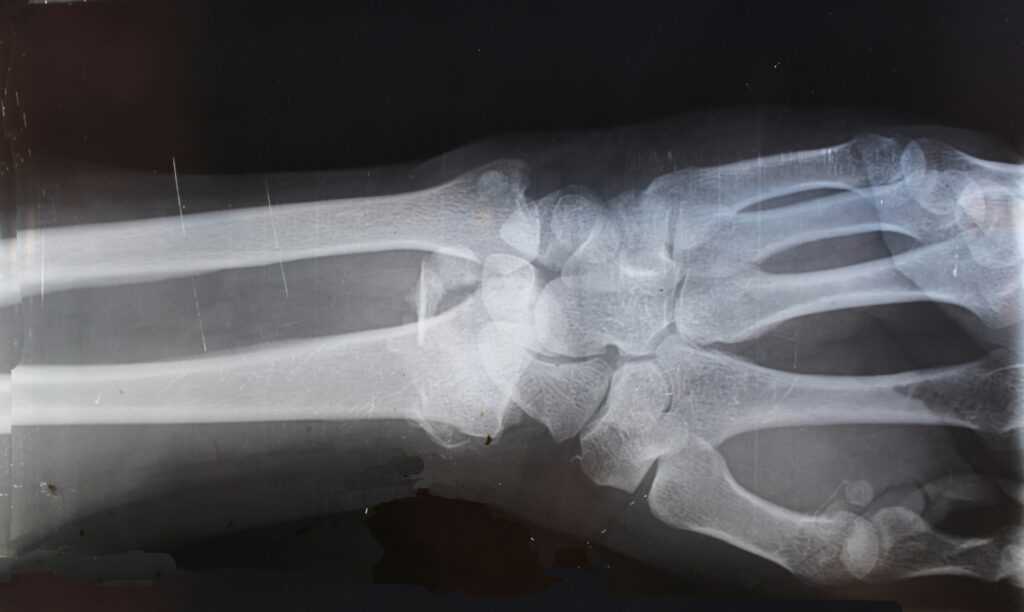Understanding Overuse Injuries
Overuse injuries occur from repetitive strain on muscles, tendons, and joints. Recognizing these early signs can help prevent long-term damage.
What Are Overuse Injuries?
Overuse injuries result from repetitive stress and microtrauma to tissues, without adequate time for recovery. Common types include tendinitis, stress fractures, and bursitis.
Tendinitis arises when tendons become inflamed due to repetitive motion, like in tennis elbow. Stress fractures are tiny bone cracks from repetitive impact, often seen in runners.
Bursitis involves inflammation of fluid-filled sacs cushioning joints, frequent in activities with repetitive joint use.
Common Causes and Risk Factors
Several factors contribute to overuse injuries:
- Repetitive Motions: Continuous actions like typing or running increase injury risk.
- Improper Technique: Poor form while exercising or performing tasks strains the body.
- Inadequate Rest: Without sufficient rest, tissues can’t repair, leading to overuse damage.
- Sudden Increase in Activity: Quickly escalating intensity or duration of activity stresses tissues.
- Age-Related Degeneration: Older individuals might face higher risks due to natural wear and tear.
- Previous Injuries: Prior injuries weaken body parts and heighten vulnerability to overuse.
Paying attention to these elements can aid in preventing overuse injuries, preserving long-term health and functionality.
Listening to Your Body: Key Signs and Symptoms

Identifying overuse injuries early demands awareness of subtle cues from our bodies. Recognizing these signs can prevent long-term damage.
Recognizing Subtle Pain and Discomfort
Subtle pain often signifies the start of an overuse injury. While occasional soreness can be normal, consistent pain in specific areas like the joints, tendons, or muscles may suggest overuse. This discomfort usually appears during or after activity and might persist into rest periods.
Examples:
- Joint pain when moving the knees or elbows
- Muscle tenderness around the shoulders or calves
- Persistent ache in the wrist during repetitive tasks
Ignoring these early signs can lead to more severe conditions like tendinitis or stress fractures. It’s essential to address them promptly.
Fatigue and Performance Deterioration
Prolonged fatigue and decreasing performance also indicate potential overuse injuries. You may notice slower recovery times, increased difficulty in completing regular activities, or a decline in strength and endurance.
Examples:
- Struggling to complete usual workout routines
- Feeling consistently tired despite adequate rest
- Reduced capacity to lift weights or sustain cardio exercises
Recognizing these signs aids in timely intervention, preventing more significant harm and maintaining functional health.
Prevention Strategies for Overuse Injuries
Preventing overuse injuries demands awareness and proactive measures. Implementing strategic habits and understanding key factors can reduce risks effectively.
Importance of Proper Technique and Equipment
Using the right technique and equipment greatly minimizes injury risks. Proper technique in any physical activity ensures that the body moves efficiently and reduces undue stress on joints and muscles.
For example, runners should maintain an upright posture, while weightlifters should focus on correct form and alignment.
The right equipment is equally important. Footwear that provides adequate support, shock absorption, and comfort is essential for runners.
Similarly, using ergonomic tools in the workplace can prevent strain injuries. Regularly checking and replacing worn-out equipment also helps maintain safety.
Role of Rest and Recovery
Rest and recovery are pivotal to preventing overuse injuries. Adequate rest allows the body to repair tissues and replenish energy stores. Athletes, for instance, should integrate rest days into their training schedules to avoid overtraining.
Effective recovery strategies include sleep, nutrition, and active recovery exercises like stretching and foam rolling.
Sleep supports muscle recovery and overall well-being, while a balanced diet with sufficient protein aids in tissue repair.
Incorporating light exercises promotes blood flow and reduces muscle stiffness. Following these strategies significantly lowers the risk of overuse injuries.
When to Seek Professional Help
Consulting a professional becomes crucial when symptoms persist or worsen despite rest and self-care.
Interpreting Pain Signals
Persistent pain, beyond normal soreness, often indicates a serious issue. Sharp, localized pain points to potential fractures or tears. Pain that worsens during specific movements suggests an underlying problem.
Swelling, redness, and warmth typically accompany inflammation. If any of these symptoms are present, immediate consultation with a healthcare provider is necessary.
Benefits of Early Intervention
Early diagnosis and treatment prevent minor injuries from becoming severe. Professional guidance helps tailor rehabilitation exercises to specific needs, enhancing recovery speed.
Addressing issues promptly minimizes the risk of long-term damage. Access to advanced treatments and personalized care plans ensures a comprehensive recovery approach.



